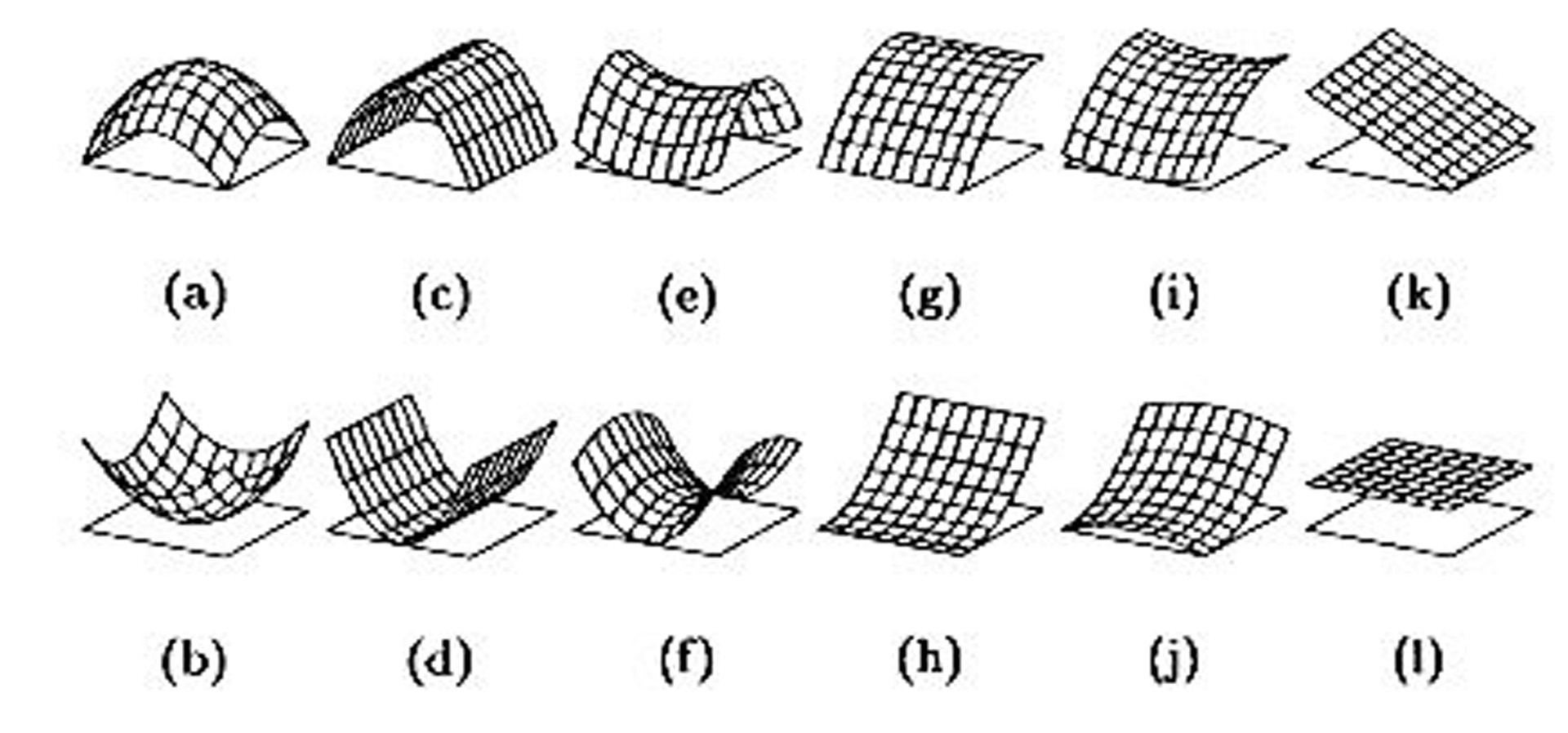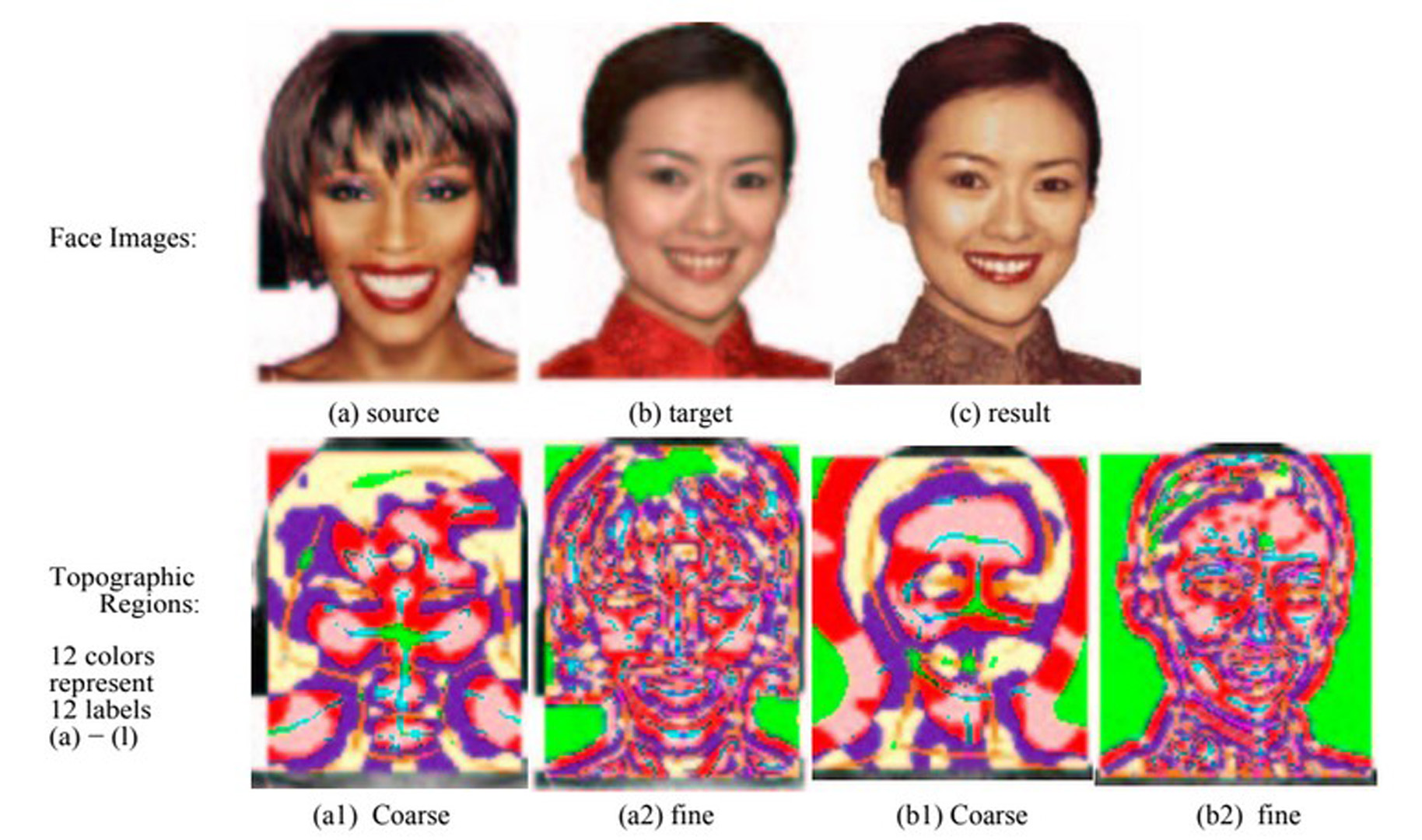“Topographic-based facial skin color transfer” by Yin, Loi, Jia and Morrissey
Conference:
Type(s):
Title:
- Topographic-based facial skin color transfer
Presenter(s)/Author(s):
Entry Number: 081
Abstract:
The psychological finding ? so-called ?other-race? effect, has attracted research interests for many years [Goldstein 1979]. ?Otherrace? effect refers to the phenomenon that other-race faces are perceived to be more alike (i.e., more homogeneous) and therefore are less discriminable than own-race faces. For example, white subjects remember white faces better than they remember black and Asian faces. Psychophysical explanations emphasize such factors as ?loss of facial details with decreased reflectance from dark skin? or ?race- related differences in variability of facial features?. People of different races have different skin colors. Is skin color among one of the factors that affect race or race- related recognition? From intuition, the answer seems to be yes, since the most noticeable characteristics of a human?s appearance is skin color. This research attempts to provide a tool to answer this question. We developed a novel method to transfer skin color from one race to the other in an attempt to scientifically verify the importance of skin color for race-related face identification.
References:
1. Goldstein, A. 1979. Race-related variation of facial features: Anthropometric data-1. Bulletin of the Psychonomic Society 13, 3, 187–190.
2. Haralick, R., Watson, L., and Laffey, T. 1983. The topographic primal sketch. The Int. J of Robotics Research 2, 2, 50–72.
3. Welsh, T., Ashikhmin, M., and Mueller, K. 2002. Transferring color to grayscale images. In ACM SIGGRAPH, 277–280.
Acknowledgements:
This material is based upon work supported by the National Science Foundation under grant No. IIS-0414029.






